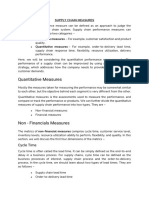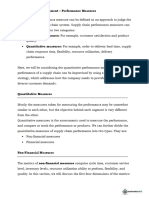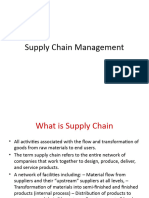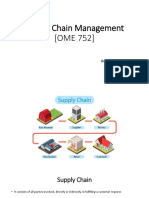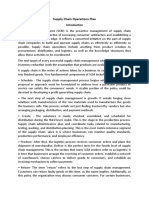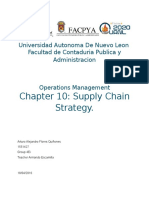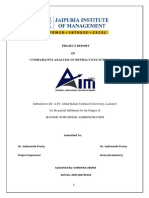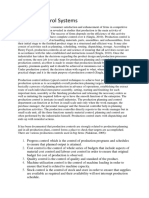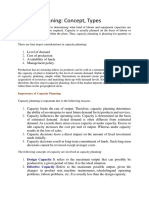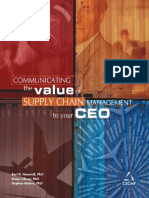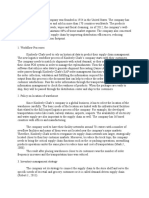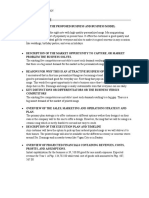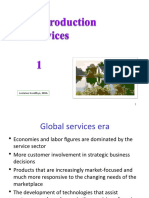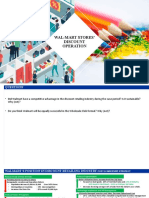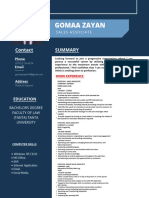0% found this document useful (0 votes)
176 views15 pagesSupply Chain Bullwhip Solutions
The document discusses the bullwhip effect in supply chain management. The bullwhip effect occurs when changes in consumer demand causes companies in the supply chain to order more goods than needed to meet demand. This results in inefficient asset allocation and high inventory fluctuations moving up the supply chain. Methods to minimize the bullwhip effect include accepting its existence, improving inventory and raw material planning processes, collaborating between managers, and optimizing minimum order quantities.
Uploaded by
Aashish Singh IICopyright
© © All Rights Reserved
We take content rights seriously. If you suspect this is your content, claim it here.
Available Formats
Download as PDF, TXT or read online on Scribd
0% found this document useful (0 votes)
176 views15 pagesSupply Chain Bullwhip Solutions
The document discusses the bullwhip effect in supply chain management. The bullwhip effect occurs when changes in consumer demand causes companies in the supply chain to order more goods than needed to meet demand. This results in inefficient asset allocation and high inventory fluctuations moving up the supply chain. Methods to minimize the bullwhip effect include accepting its existence, improving inventory and raw material planning processes, collaborating between managers, and optimizing minimum order quantities.
Uploaded by
Aashish Singh IICopyright
© © All Rights Reserved
We take content rights seriously. If you suspect this is your content, claim it here.
Available Formats
Download as PDF, TXT or read online on Scribd
/ 15




